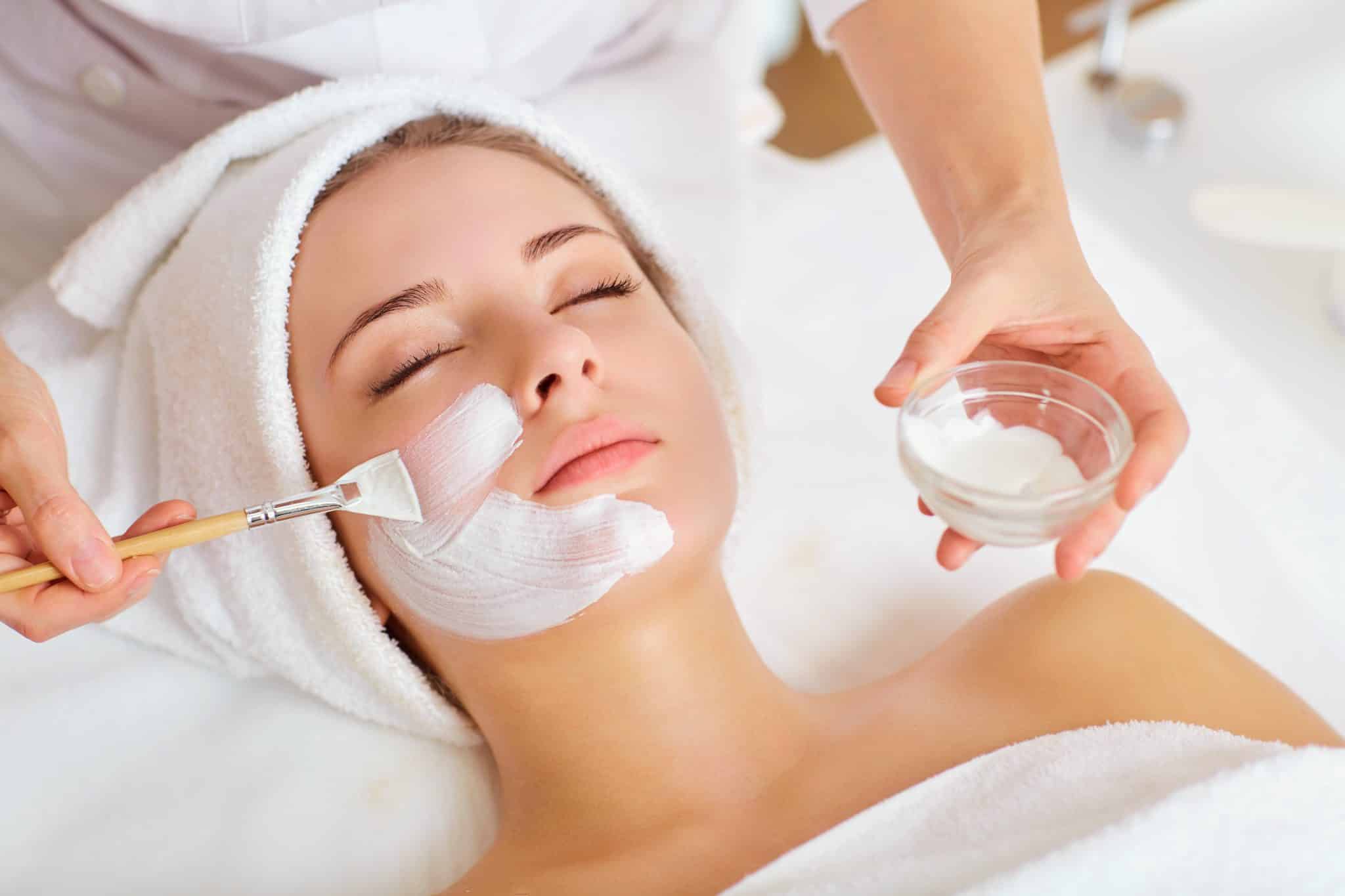Vitamin C, ingested, and applied topically, is one of the most essential nutrients for keeping your body looking and functioning at its best. We have all heard of the immune-boosting properties of the vitamin, but it serves numerous other functions as well. Did you know that a significant portion of the vitamin C you consume is stored in the skin? The efficient storage mechanism means that it can help protect and rejuvenate your skin, whether you get it from food or apply it directly to your skin. Some research shows that women with a high intake of vitamin C have fewer lines and wrinkles. So, along with your vitamin C facial, make sure you add the easy-to-get vitamin into your diet.
Why is Vitamin C Used in Facials?
A Vitamin C facial has become more popular recently. The reason is that dermatologists have discovered that applying vitamin C to the skin helps to prevent sun damage. It also neutralizes free radicals, preventing them from causing inflammation, which further damages the skin.
Vitamin C also plays a vital role in keeping skin strong and firm, which minimizes the appearance of fine lines. Used as a primary ingredient in exfoliating facials, vitamin C activates fibroblasts that can help to make new collagen. As an added benefit, applying it directly to the skin can help brighten the complexion and fade dark spots caused by age and sun damage.
All good facials start with deep cleansing. Though Vitamin C has long been available in serums and creams, it is now becoming more widely used as a cleanser that helps exfoliate dead skin cells, leaving your skin brighter and with a healthy glow.
What to Expect From Your Facial
Science has proven that skin treatments work best when you are relaxed. Why? Because relaxation lowers the cortisol production of your body. Cortisol is known as the stress hormone. Relaxation that lowers cortisol helps the body to repair and regenerate cells. Relaxation also helps to reduce the appearance of deep lines caused by the facial muscles that are used to frown, which is an unconscious expression many of us use when experiencing stress.
A facial should be a calm, relaxing experience. It should start with a deep cleansing that extends to your neck, and possibly your chest and shoulders. Once the skin is cleansed and patted dry with a soft towel, a masque may or may not be applied depending on your needs. The final step is a soothing and soft massage with vitamin C serum that will help your skin absorb the maximum amount of the vitamin.
You should notice the effects immediately after the facial. Your skin should look brighter, radiant, healthier, and it should feel fantastic. There are virtually no side-effects associated with a vitamin C facial, but like any new product, a small test patch should be done to make sure you do not have an allergic reaction. If a reaction does occur, which is uncommon, it should resolve shortly.
The Benefits of Facials
Facials use a variety of skin treatments to help reduce the impact of environmental damage to the skin. Facials can also help reduce stress, which is a major contributor to premature aging. Stress also plays a role in acne, rosacea, and other skin issues, so having a facial is beneficial for reducing the impact of stress on your skin.
Facials are also an excellent opportunity to learn new skin care routines for home use, which is beneficial for everyone, but especially if you have ongoing skin issues. A professional opinion about appropriate skin care can help you manage your skin between professional facials.
You can have a facial as often as recommended, or whenever you feel like you would benefit from one. At a minimum, you should commit to having one done at the change of every season. Regular facials provide an opportunity to revamp your skincare routine to what is appropriate for the upcoming season.

